
In contrast to its historical beginnings, design today is no longer a creative discipline practiced exclusively by professionals. Design as a systematic work process is becoming an integral part of the daily workflow of more and more companies, organisations and public institutions.
At the end of 2016, the British innovation agency «Nesta» and the American company «IDEO» co–published a handbook «Designing for public services». By providing theoretical and practical recommendations, the manual highlights possibilities for the use of design methods in the work of public institutions. What if state institutions aimed at innovation and meaningful user experience instead of making decisions based on quantitative data and a linear project development model?
The biggest challenge that various public institutions all over the world face, is how to make their actions more accessible, comprehensible and effective. Designers work to solve identical problems by studying user needs and modelling user experience. The method of systematically creating human–centered solutions is called design thinking. If basic principles of design thinking are introduced in the work of public institutions, they can effectively turn their work — instead of making decisions «from the inside out», they can now shift to designing «from the society to the state». In contrast to traditional project management methods (Lean, Six Sigma etc.), which are driven by quantitative data and use a linear project flow directed at a predefined goal, design methodology provides more room for manoeuvring. The methods don’t exclude each other, but if conventional practices are appropriate for optimising already existing solutions, then design thinking, informed by qualitative user data and employing an iterative, test–and–learn project workflow, should be applied when a radically innovative problem solution is needed. For example, in the case of improving efficiency of the tax return processing system a conventional project method will suffice, whereas in a situation when user feedback is explicitly negative and the whole system is viewed as ineffective, changes must be made using new work methods.
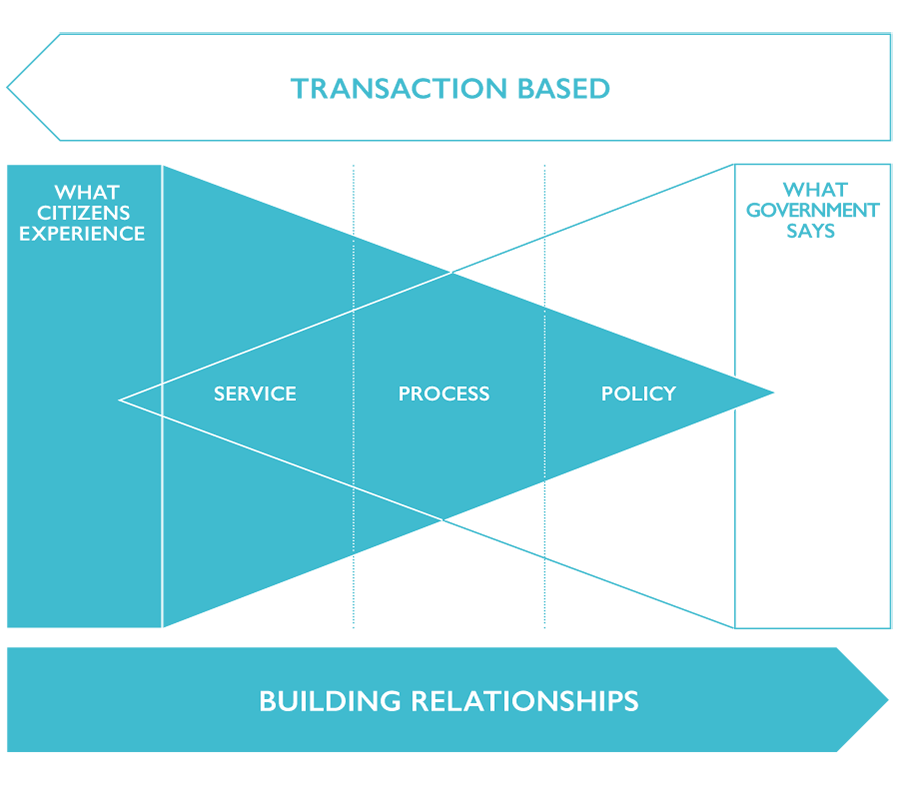
Modelling user experience
Design is a team sport. It is a rare case today when designers still work on their own or within a closed circle, for it is interdisciplinary collaboration that leads to progressive solutions. A work collective of a state institution too, by learning and applying basic principles of the design method, can form an effective work group for innovation development.
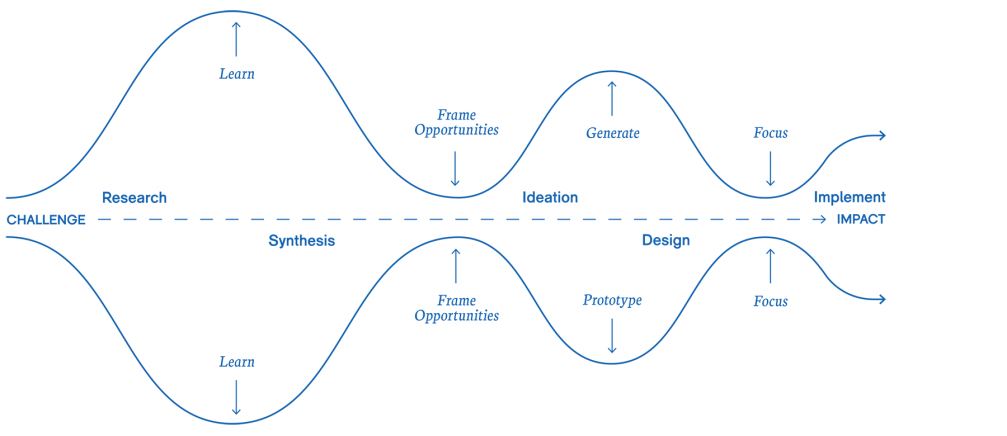
The guide «Designing for public services» recommends to begin the process with building a team. The core should be made of representatives of various fields who will take part in the project from its beginning to implementation and will be responsible for bringing in collaborators in various stages of the project. The first phase of the project is research, which requires the largest investment of time and work. The project group defines possible project challenges and problems that will be solved by analysing them from the user’s viewpoint. It should be noted that established solutions shouldn’t be suggested in the first stages of the project. Instead of that, members of the project group should carefully study the user’s daily life — model their behaviour, habits, problems, and needs. In parallel to quantitative research, interviews and observations must be conducted, analysing different situations in various target groups. The guide offers tips for user interview questions, conducting the interviewing process as well as observational techniques. By the end of the research phase, the data must be compiled and grouped according to specific themes. From these themes, insights will be generated. The guide explains how to identify insights and gives tips for productive brainstorming sessions for concept development.
Prototyping and user tests
Prototyping and user tests mark the boundary where the project gradually starts transforming from a problem mapping into a solution. It doesn’t happen quickly and evenly, quite the opposite — this process is continuous trial and error. The more the project group prototypes, the more precise the final solution will be. Risk mitigation is at the heart of prototyping. Where there is uncertainty around a new solution, prototyping enables the team to remove risk through cycles of testing and iterating on the new solution. Ideas in public institutions are most often tested with the help of pilots. In contrast to prototyping, piloting is not an experimental suggestion that is tested and improved outside of the view of the users, but a publicly available first stage of a new service. A pilot suggests one possible solution that the project team has set as a predefined goal, whereas a prototype is just a hypothesis and a way that leads to one of the possible answers.
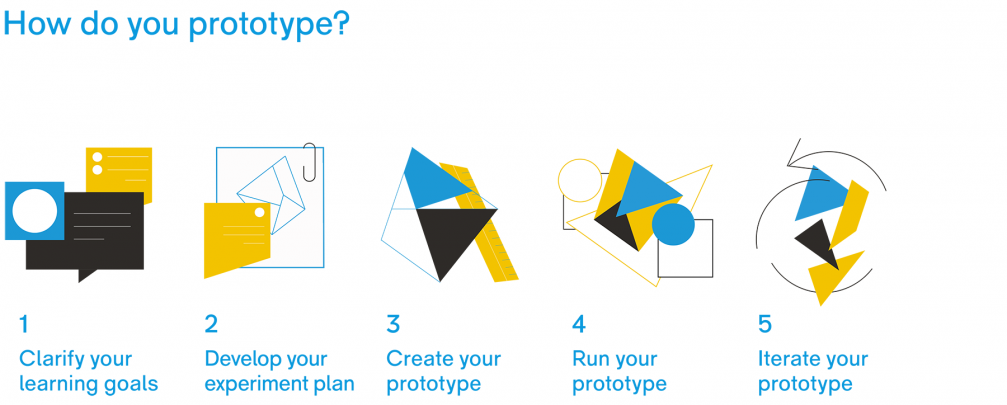
There are many methods for prototyping and the results can vary from conceptual sketches on paper to interactive design solutions. If the project team concludes that there is no one among the employees of the institution with the necessary skills for making a prototype, outside help must be sought. As soon as the prototype is ready, it must be tested by involving different target groups, starting from the project team and their colleagues and ending with the end user of the service. The tests will provide objective information on the sustainability of the idea and indicate the areas where improvements are needed. After analysing the gathered information and correcting the mistakes, the prototype must be tested repeatedly, until the results meet the expectations. The project team shouldn’t be afraid of making mistakes and remember that each iteration is a part of the work process pointing to correct solutions. The guide describes the steps of prototyping in detail and also mentions some cases when not to prototype.
Implementing the solution
Through prototyping the project group will reach the sought innovative solution. To successfully implement it, a work plan with precise deadlines and responsibilities, as well as clearly defined measurement and evaluation methods of the results will be necessary. Analysis of the results is mandatory and, just as the research stage, can’t be based on quantitative data only. In addition to that, a thorough monitoring of user experience must be carried out, keeping in mind that the decisions and services of a contemporary institution must be flexible and adaptable in time. After finishing the project, corrections of errors and continuous improvement can’t be avoided. The institution must remain in dialogue with the users, listening to their feedback and providing a high quality user experience which builds a reliable, productive and modern bridge between the society and the state.
Case studies
The handbook «Designing for public services» introduces several cases where design thinking has been successfully used in improving public services. Among them is an interdisciplinary project for solving long–term unemployment by the Danish Ministry of Employment, railway station design based on commuter needs analysis in Singapore, and an innovative approach to reducing social isolation in a small town in Canada. The final chapters of the guide explain the most frequently encountered problems and their solutions, as well as provide templates for questionnaires, graphics and work sheets that are needed in various stages of the project.
A positive example of using design thinking method in public services and institutions is Estonia. Since the opening of the Estonian Design Center in 2008 and the government’s decision to support development of the design industry by focusing on quality improvement of public services in 2012, the changes are evident. The state anticipates that by 2025 the population of Estonia will increase significantly, and the demand for modern public services will grow accordingly. It has been promised that such innovations as the world’s first e–residency programme is just the beginning.
The handbook «Designing for public services» is available for PDF downloads on the website of innovation agency «Nesta», free of charge.

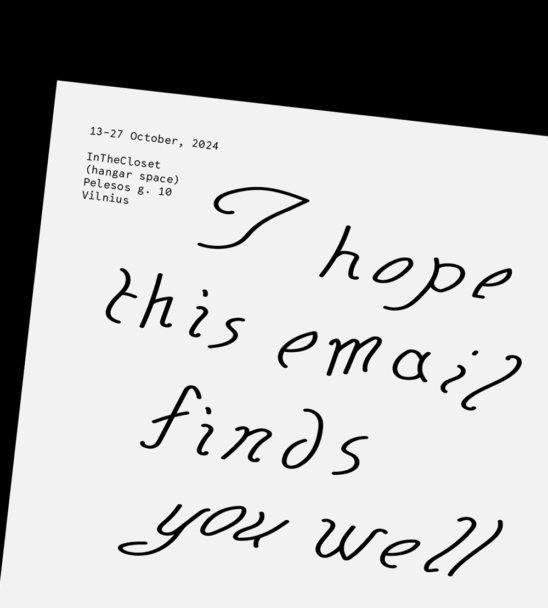





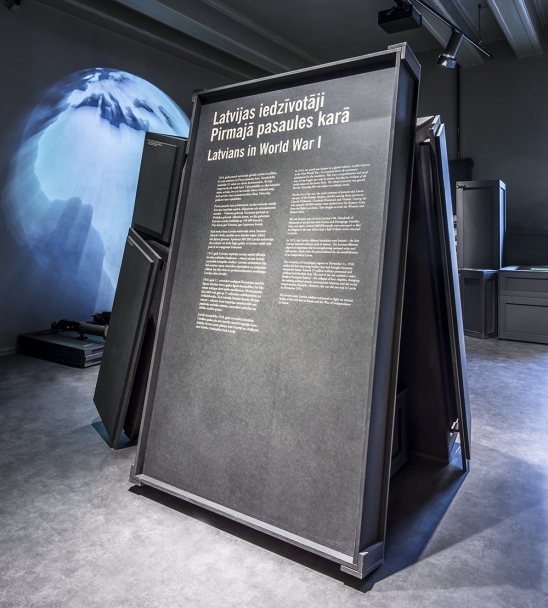

Viedokļi